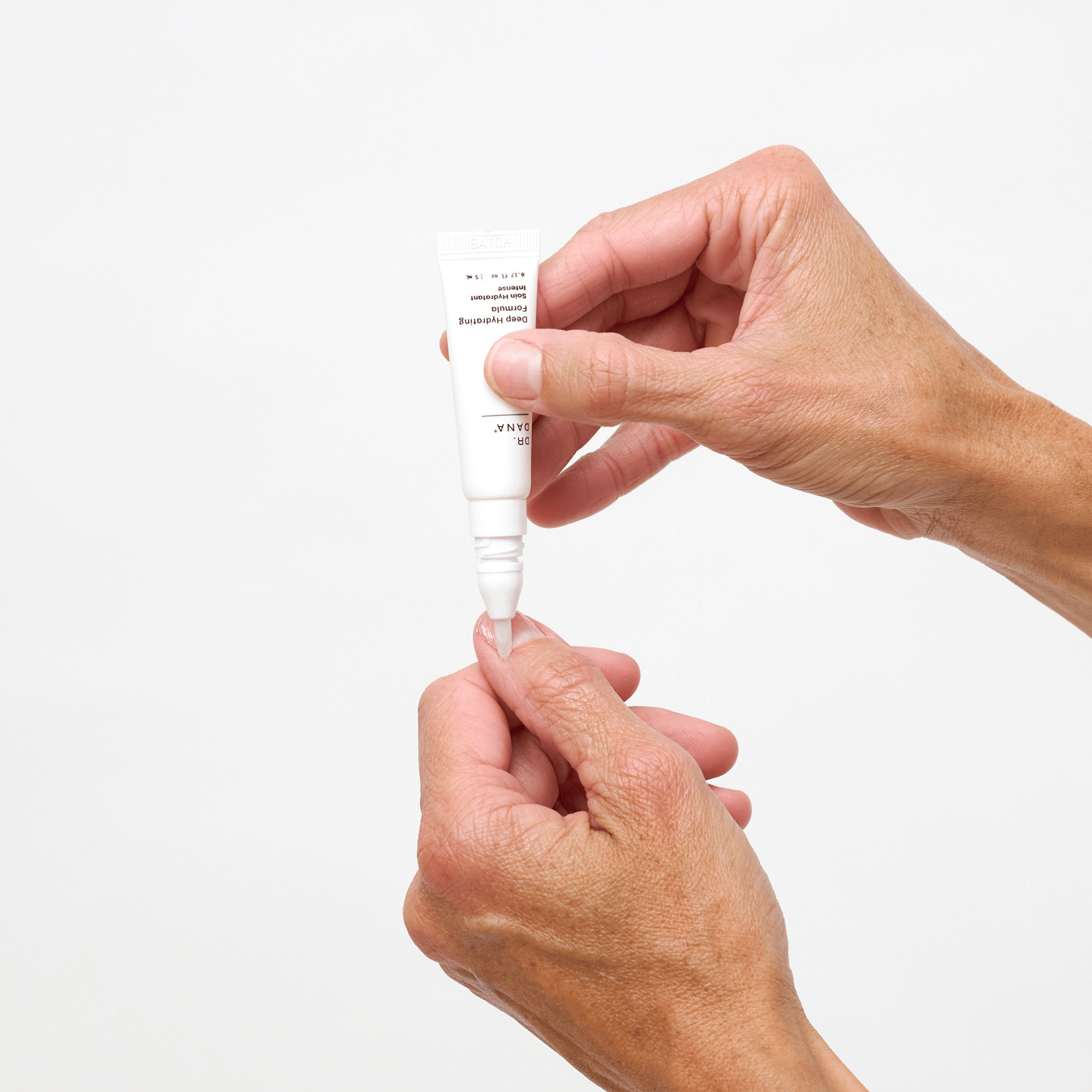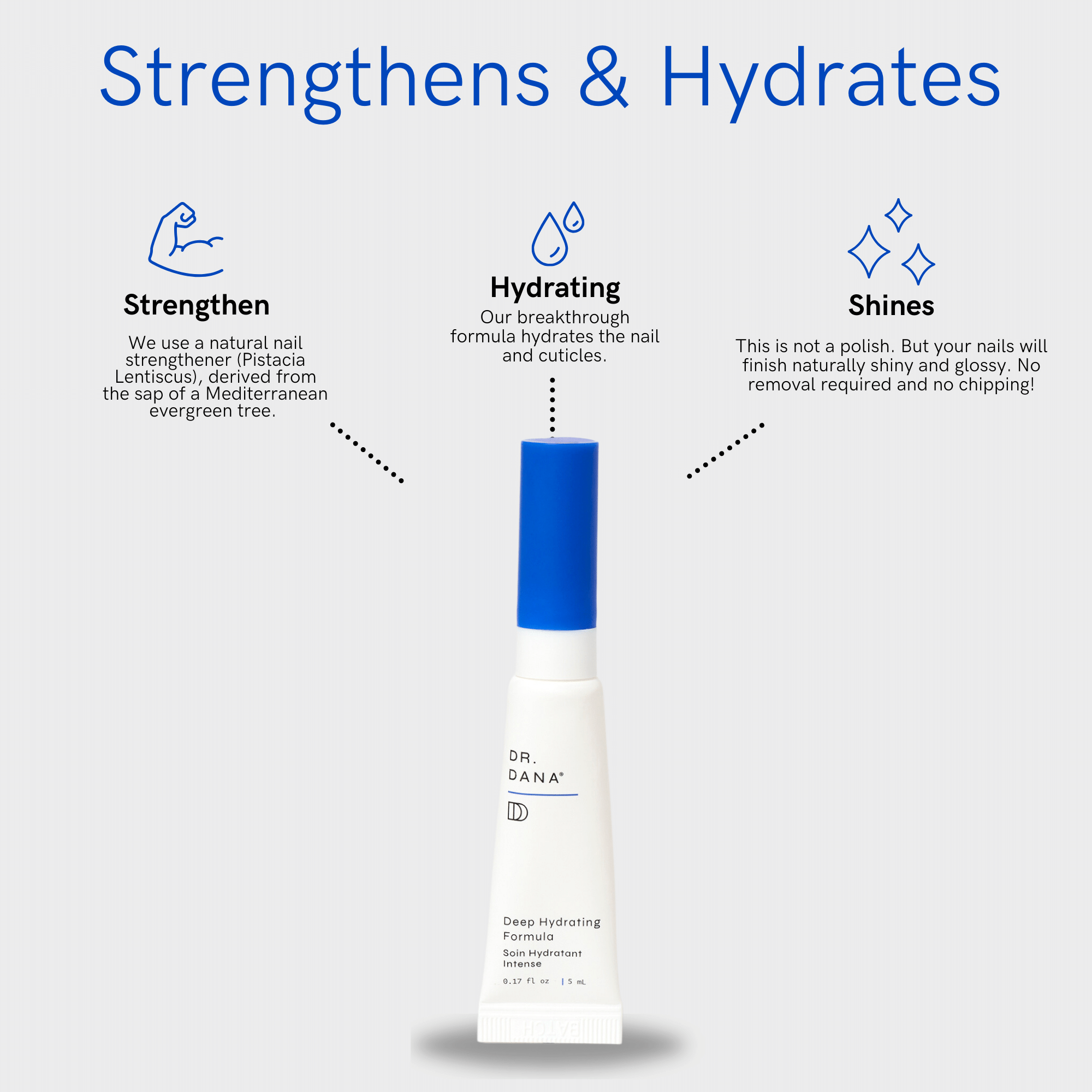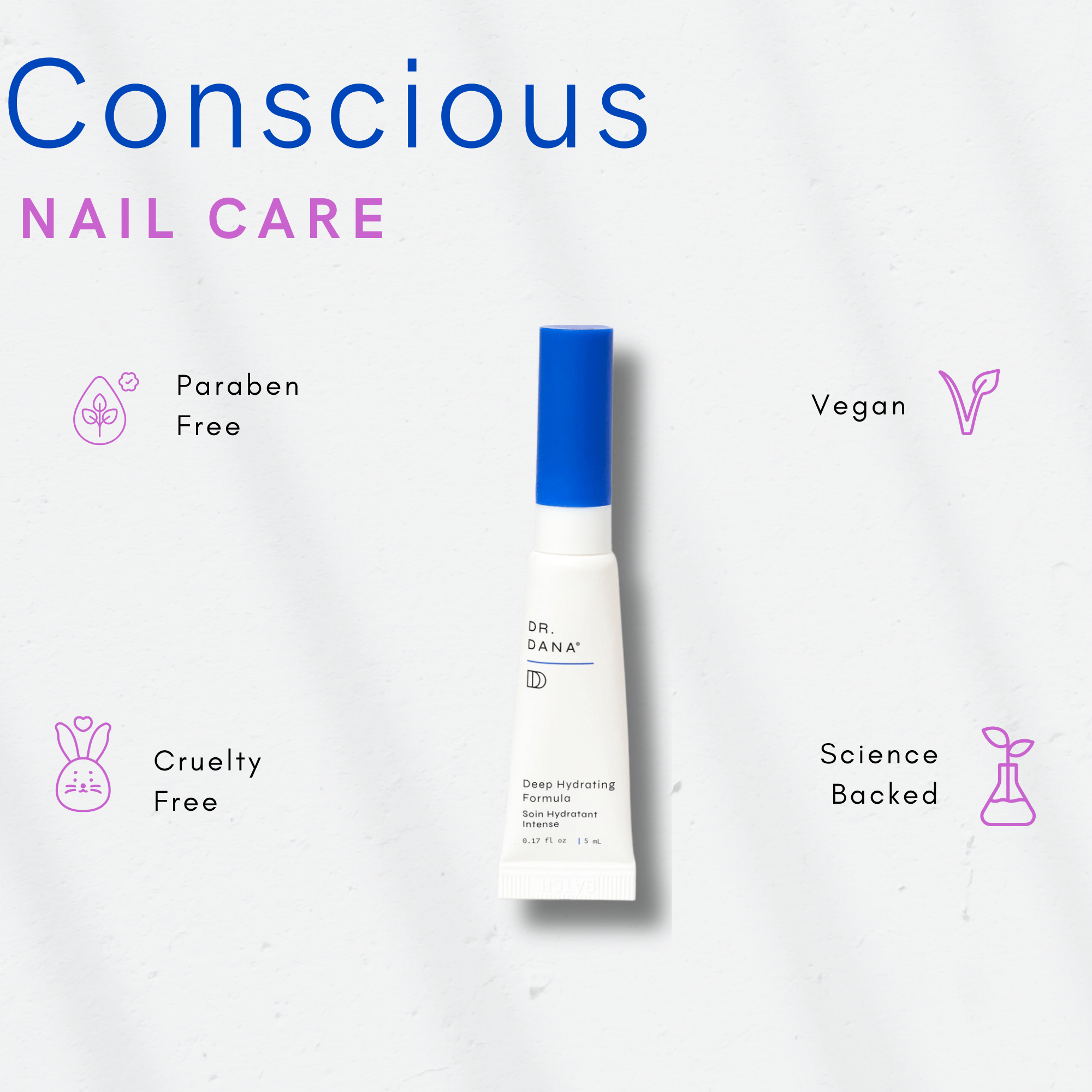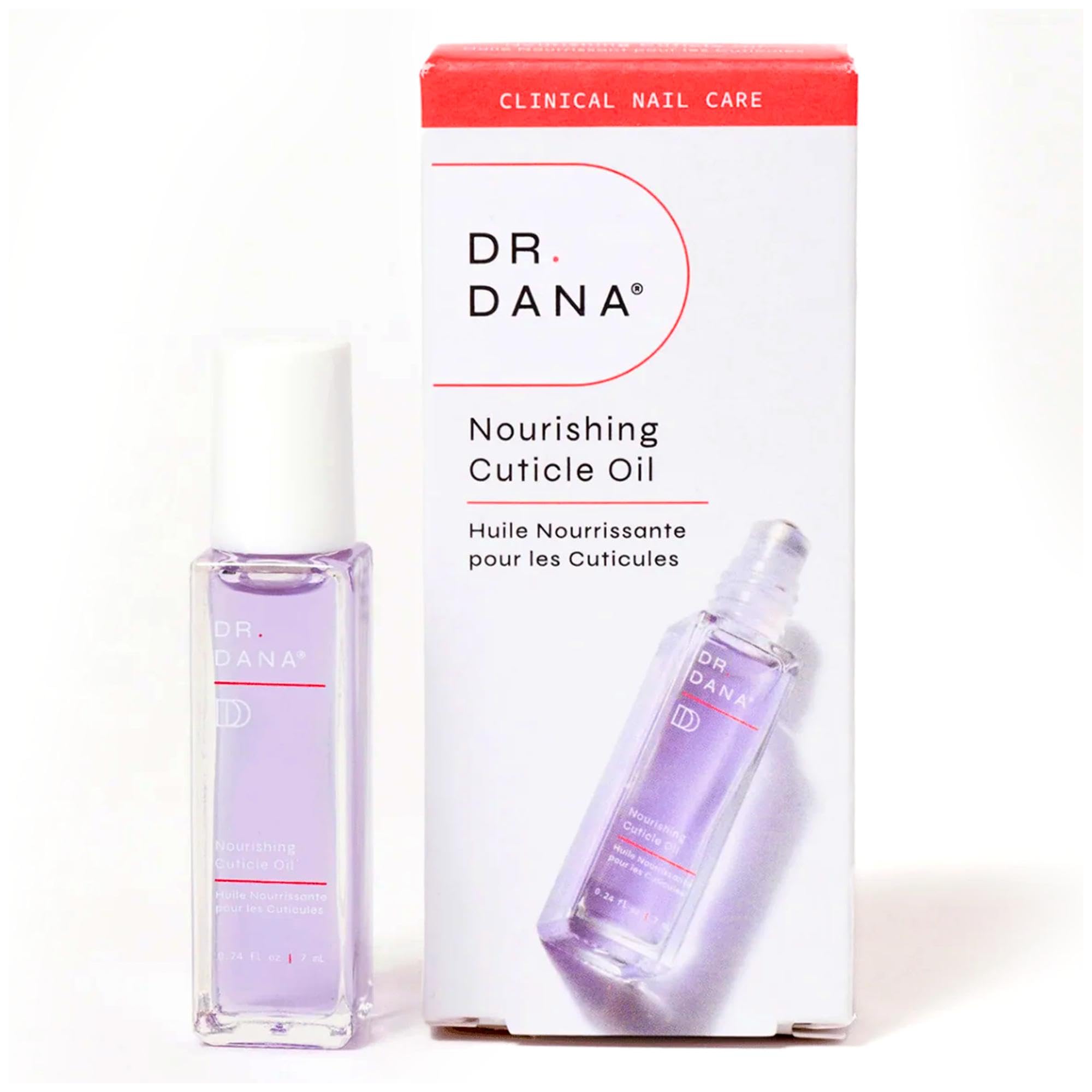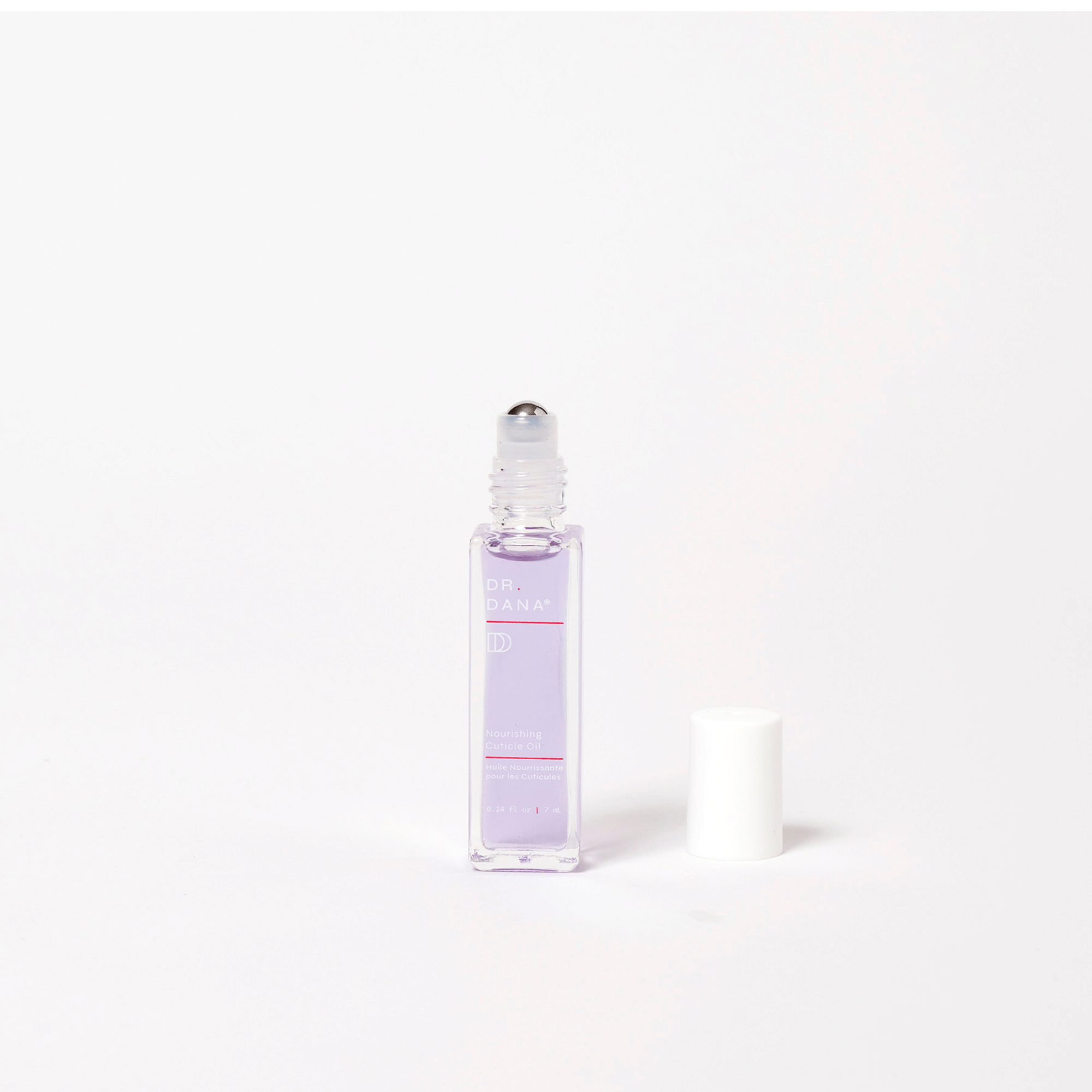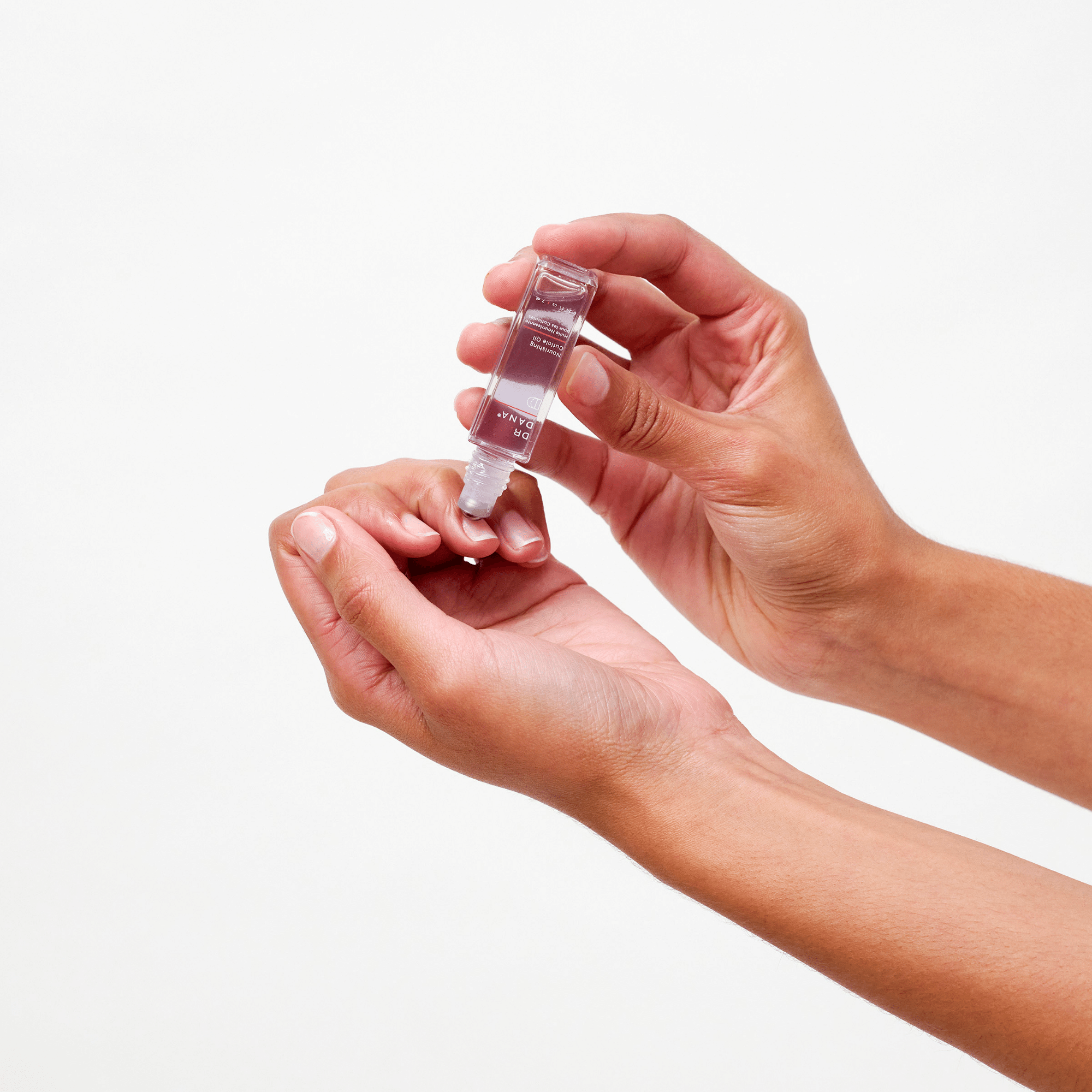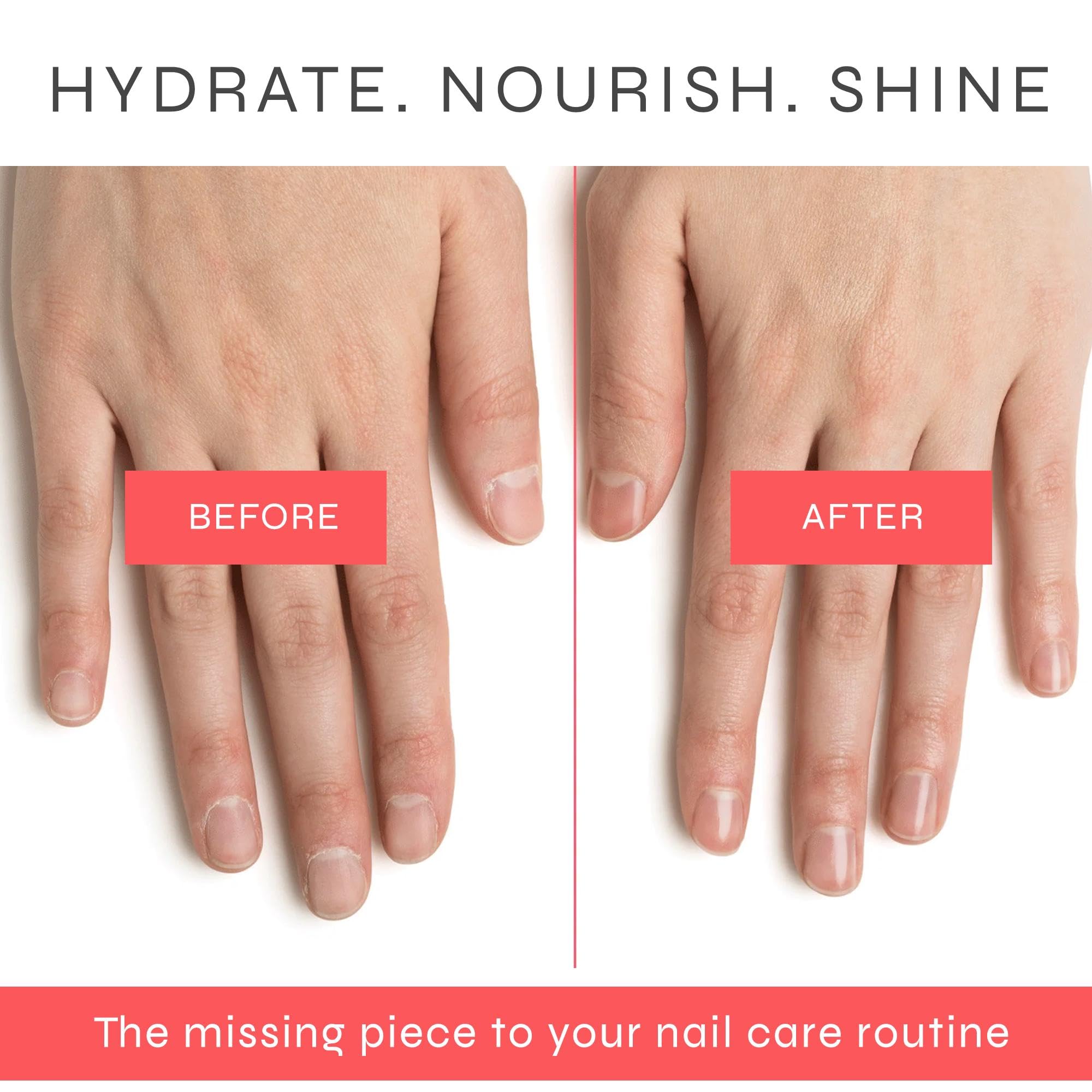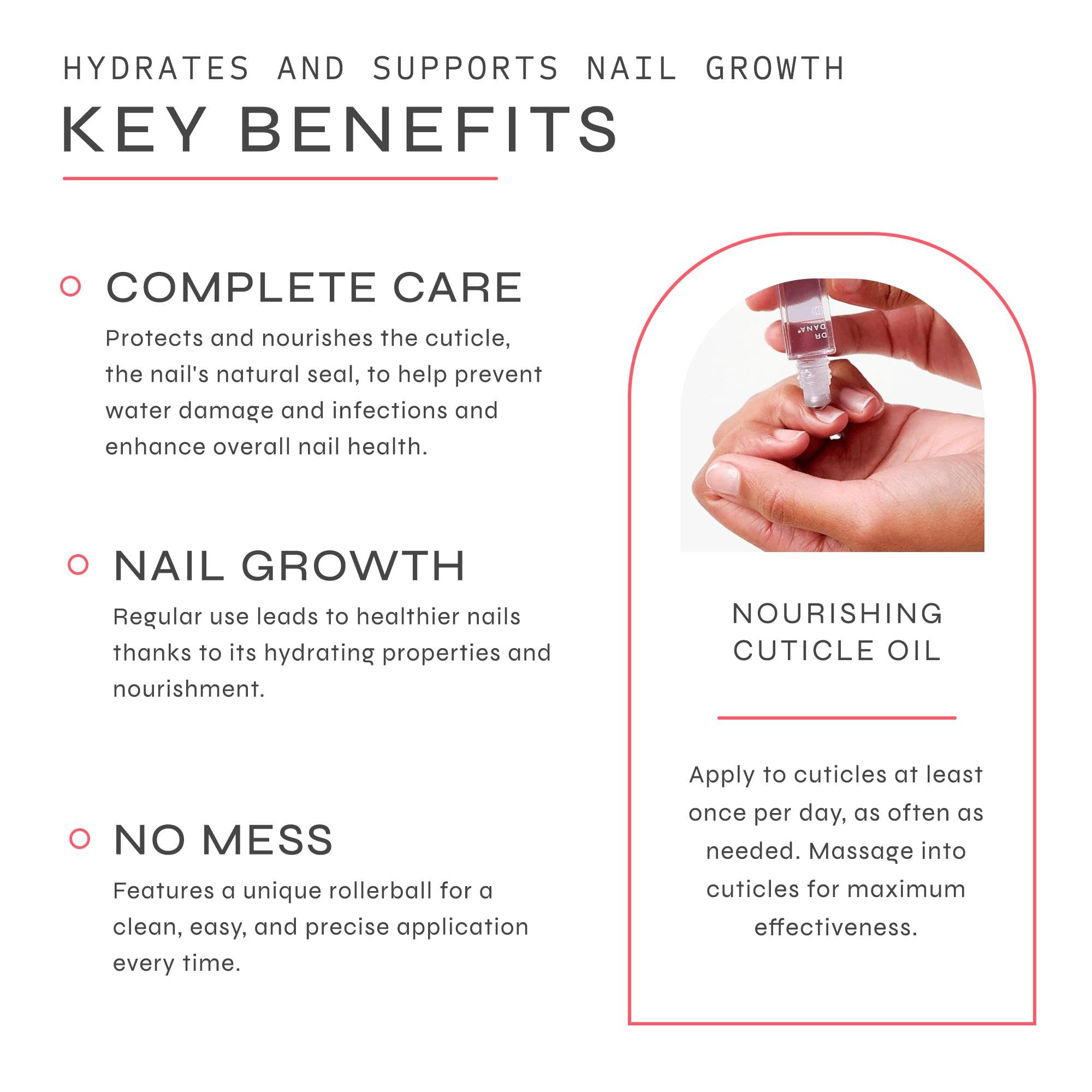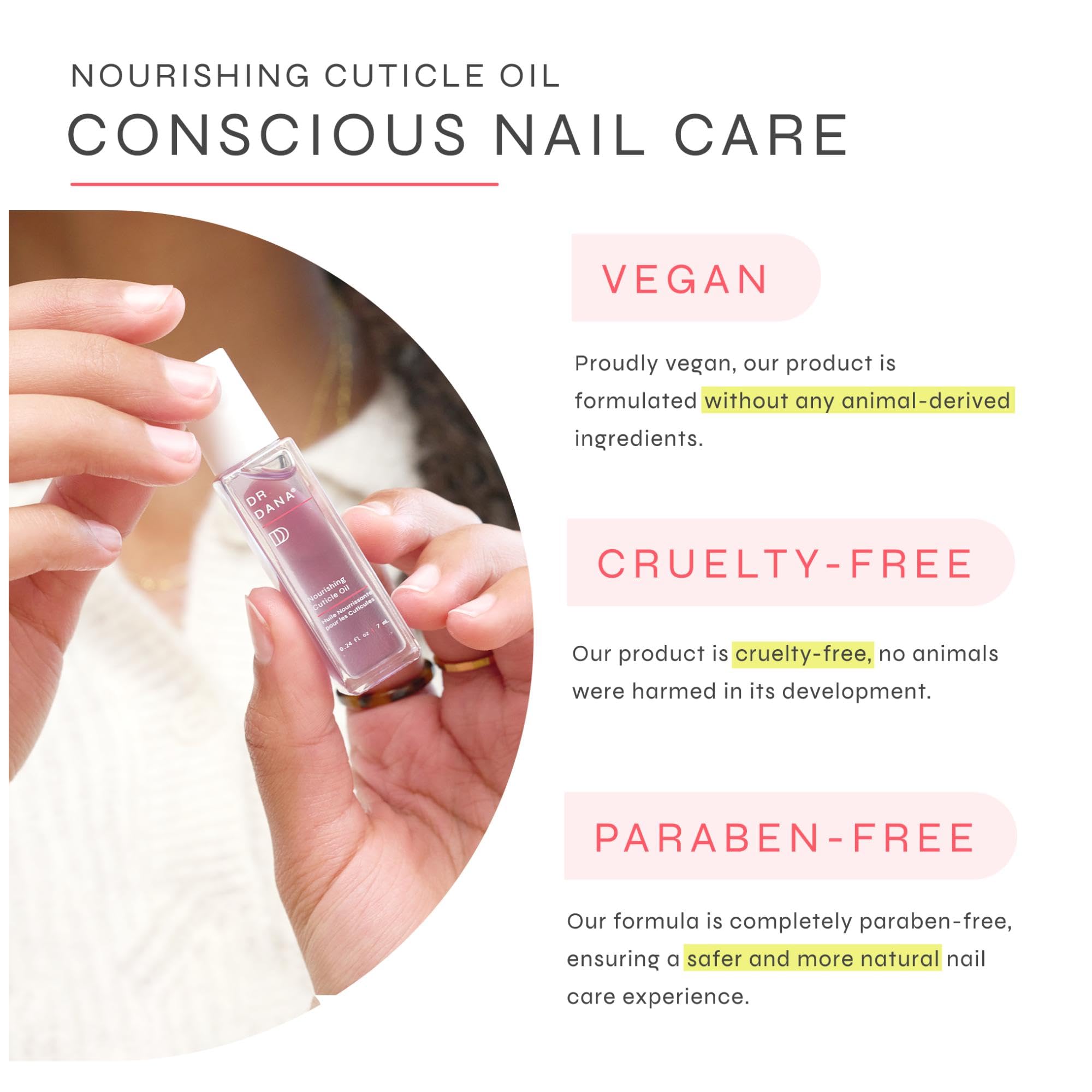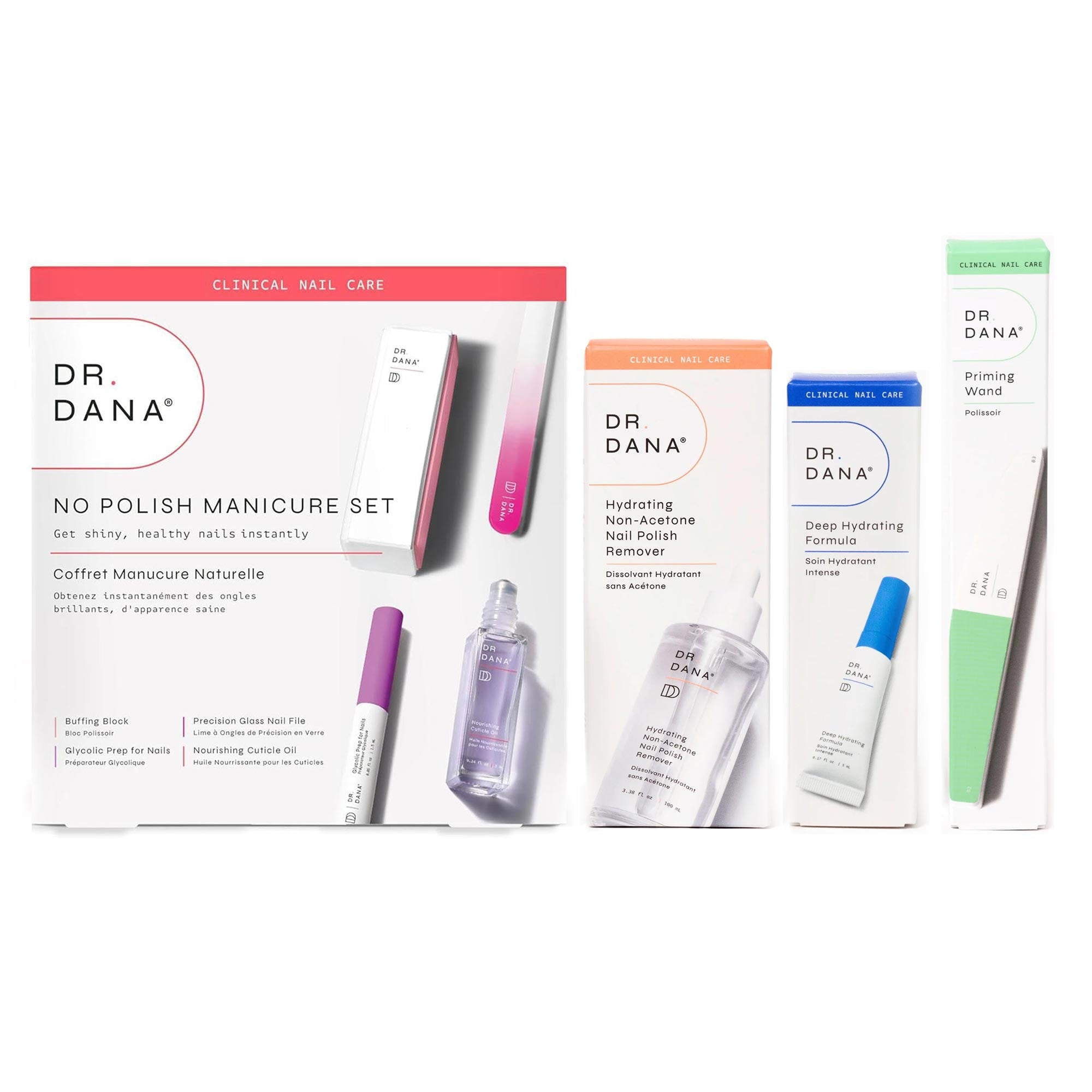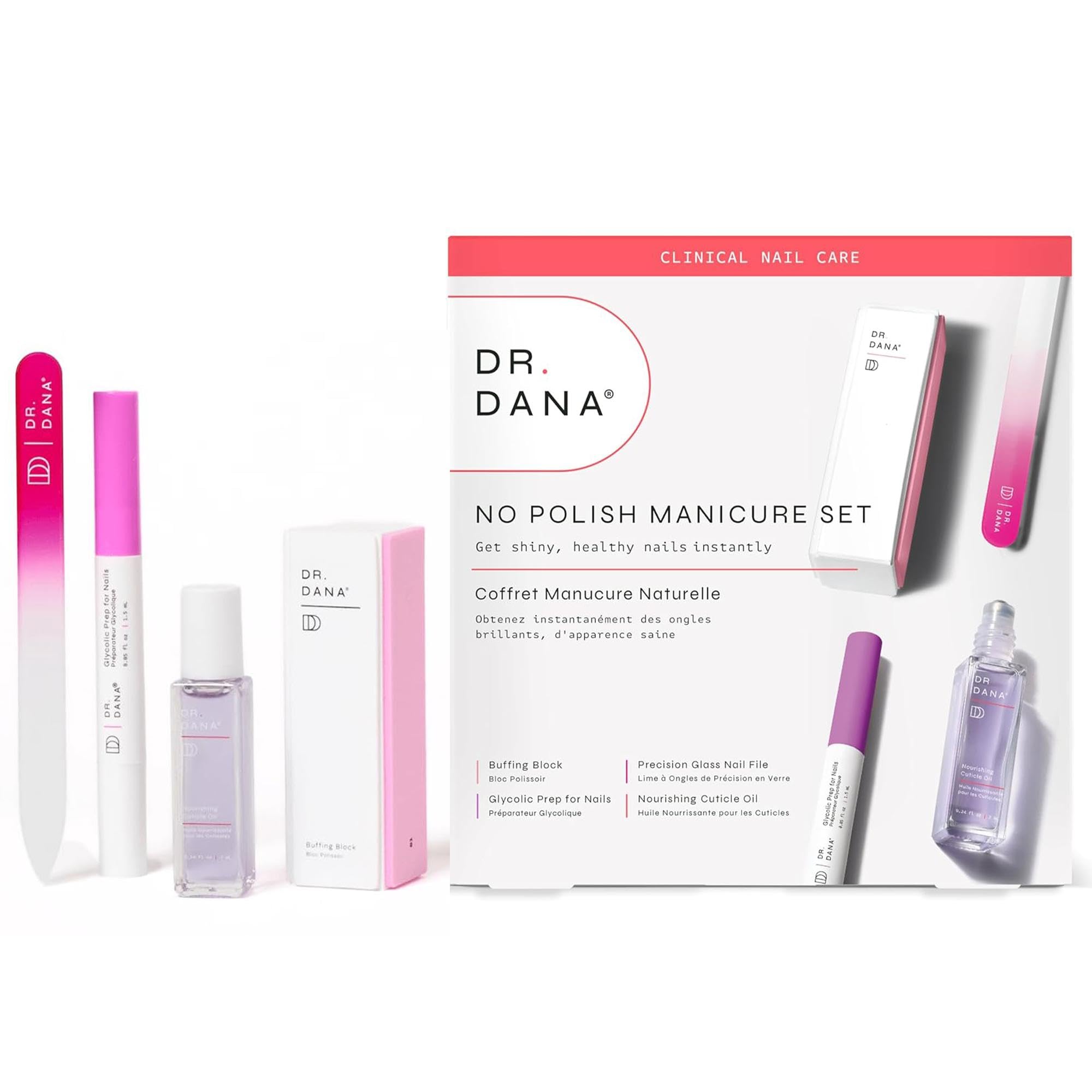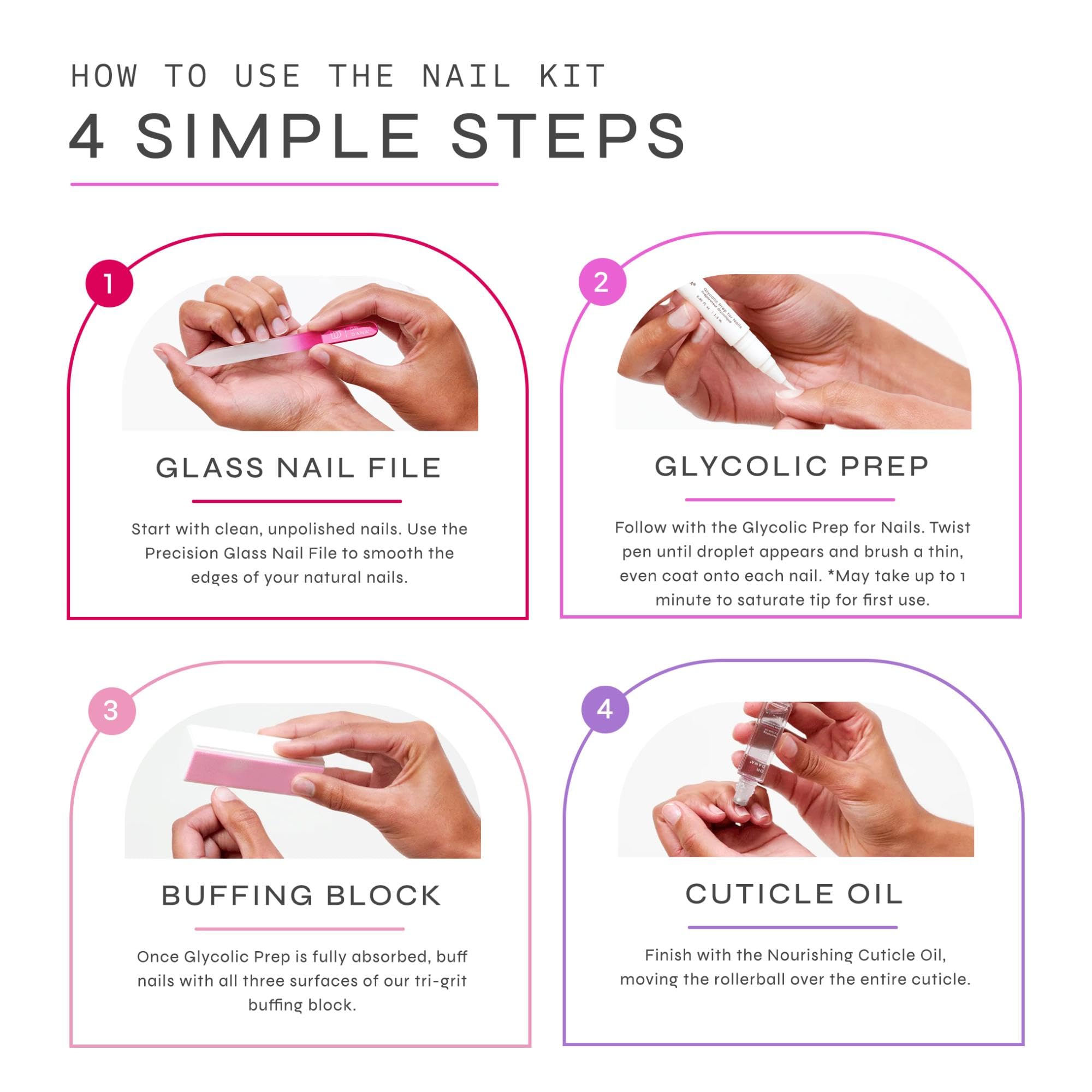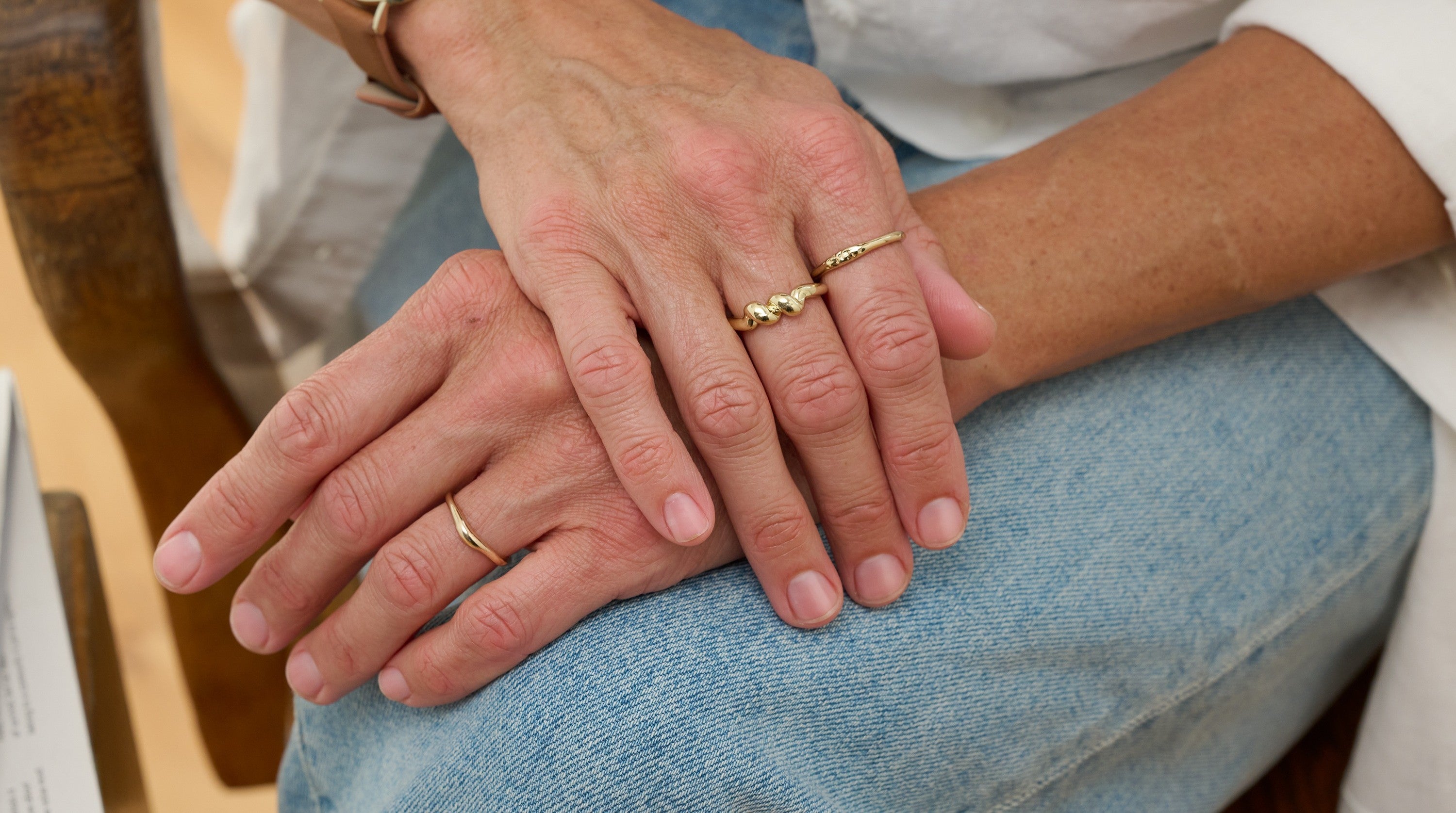If you’ve noticed vertical ridges on your nails, you are not alone! Finger nail ridges are quite common and can be a result of several factors. Read on to learn more about why nails develop ridges, what you can do to fix them, and when to seek medical attention.
Causes of Fingernail Ridges
Ridges, known medically as onychorrhexis, are often a clinical sign of brittle nails. There are many reasons that nails might become brittle and appear bumpy, rippled or grooved.
- Aging: Ridges are akin to wrinkles on the nails. As we age, the nail growth plate (nail matrix) tends to become thinner and more brittle, which can lead to the formation of ridges. Aging can also lead to decreased peripheral circulation–less blood flow to the extremities–which compromises nail health.
- Genetics: Just like some people are predisposed to thin hair or thin skin, you can also be genetically predisposed to thin nails. This leaves you more vulnerable to ridges.
- Environmental factors: Exposure to chemicals or excessive water can exacerbate nail ridging. Acetone polish removers, in particular, can cause severe dehydration of the nail, leading to worsened ridging. Alcohol-based hand sanitizers can have a similar effect.
- Medical Conditions: Certain medical conditions, such as Lichen Planus, psoriasis, eczema, and thyroid disorders, can cause ridges to form on the nails. Illness or extreme stress can cause Beau’s Nails, which are horizontal ridges that can impact one or several nails.
Treatment Options
The treatment of fingernail ridges will depend on the underlying cause. In some cases, the ridges may disappear on their own once the underlying cause is addressed. However, in other cases, treatment may be necessary. It’s important to treat the nails as opposed to simply camouflaging the problem with a nail ridge filler.
- Hydration: Keeping the nails and cuticles healthy and moisturized can help to reduce the appearance of ridges. This can be done by applying a moisturizer, such as the Dr. Dana Deep Hydrating Formula, to the nails and cuticles. Oil-based formulas absorb better than creams, which can just sit on top of the nail or cuticle.
- Exfoliation: Proper gentle exfoliation can help the appearance of ridges and wavy nails. The 3-step Dr. Dana Nail Renewal System features a first-of-its-kind glycolic acid to gently exfoliate and help rejuvenate the nails. Step 2 of the system is the tri-grit Priming Want, which is specifically designed to safely and effectively remove ridges, discoloration and peeling and leave nails smooth and shiny. Be cautious using abrasive buffers, as they can be very damaging to the natural nail.
- Avoiding trauma: To prevent further trauma to the nails, it is important to avoid biting your nails and to use gloves when working with harsh chemicals or exposing your nails to extreme temperatures.
- Medications: If a medical condition is causing the ridges, medications may be prescribed to treat the condition.
- Nail Care: Keep your nails clean, dry, and trimmed. Wear gloves if you are exposed to excessive amounts of water, such as while washing dishes.
- Cuticle Care: Taking proper care of your cuticles, which help protect the nail matrix, can also help prevent ridges from forming. Do not cut your cuticles; instead, gently push them back after a hot bath or shower.
- Exercise: Regular cardiovascular activity will help blood flow to the nails, which will help with ridging. Hand massage is another good option.
- Avoiding harsh chemicals: This includes nail polish remover with acetone, which can be very dehydrating and exacerbate ridges.
When to Seek Medical Help
It’s important to note that nail ridges are usually not a sign of a medical problem; however, if you notice changes in the appearance of your nails, it’s always best to consult a dermatologist or other healthcare provider to help determine the underlying cause. Understanding what’s causing the ridging can often help determine the proper course of treatment. You should always seek medical attention if ridging develops suddenly and is severe, as it could be a sign of a more serious condition.




